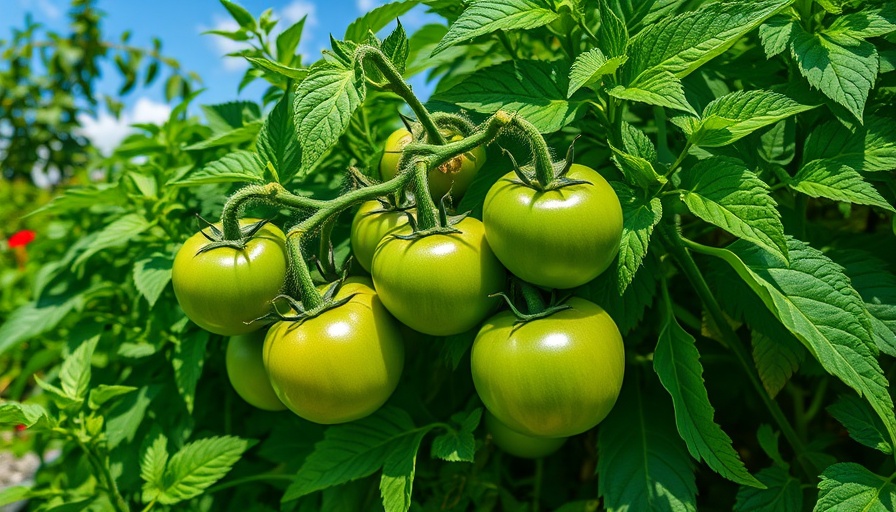
Innovative Watering Techniques for Okanagan Gardeners
As the summer hills of Okanagan embrace the heat, gardeners find that watering isn’t just a chore; it’s an art! Proper hydration affects plant growth and health, making effective watering strategies paramount. Recent insights into watering hacks reveal that simple adaptations can make a significant difference. In this article, we explore unique and innovative methods designed specifically for gardeners navigating the nuances of the Okanagan's climate.
In 5 Vacation Watering Hacks!, the discussion dives into innovative watering techniques, exploring key insights that sparked deeper analysis on our end.
Exploring the Value of Efficient Watering in a Drought-Prone Area
The Okanagan Valley is known for its beautiful landscapes but is also susceptible to dry spells and water shortages. With the increasing importance of water conservation, learning efficient watering techniques becomes essential. Utilizing methods that conserve moisture ensures plants stay healthy while reducing the overall water footprint of a garden. In light of this, let’s delve into five practical watering hacks that can revolutionize your gardening experience!
1. A Smart Drip Irrigation System
Consider installing a drip irrigation system for targeted watering. This method reduces evaporation loss and directs water right to the plant roots where it is needed most. Not only does this conserve water and limit runoff, but it also saves you time!
2. Using Mulch to Preserve Moisture
Mulching is an easy strategy that every gardener should adopt. By covering the soil with organic materials like straw or wood chips, you can dramatically reduce moisture evaporation. This simple yet effective hack helps retain soil moisture, keeping your plants hydrated without additional watering.
3. Watering in the Evening or Early Morning
Timing is everything when it comes to watering your garden. Watering during the cooler parts of the day—early morning or late evening—reduces evaporation. This tip helps your plants drink deeply instead of losing most of the water to the sun. Plus, avoiding midday watering lessens stress on your plants!
4. The Power of Repurposed Containers
Get creative by using repurposed containers to create self-watering pots or reservoirs that slowly release water. This approach not only reduces the frequency of watering but can also provide a consistent moisture level for your plants. It's a sustainable way to employ resources you might otherwise discard!
5. Harnessing the Rain: Water Collection Techniques
Consider investing in a rain barrel to collect and store rainwater. This eco-friendly practice is an excellent way to utilize natural resources. You can then use this collected water for your garden, which is not only sustainable but also cost-effective.
Local Stories: Gardening Heroes in Okanagan
Let’s not forget the human side of gardening! Many local gardeners in the Okanagan are implementing these techniques not just for their gardens but to inspire their communities. Sharing stories of how water-efficient gardening helps preserve the environment can motivate others to engage in sustainable gardening practices.
Conclusion: Growing Through Sustainability
Incorporating these watering hacks will empower Okanagan gardeners towards a more sustainable practice. As we face challenges related to climate change and water conservation, these innovative strategies are not just highly beneficial; they are essential. Start exploring these methods today and take an active role in promoting a thriving and eco-friendly gardening culture in your community.
Community Engagement: Join the Movement!
If you're interested in making your garden more efficient or wish to connect with fellow gardeners in the Okanagan, consider participating in local gardening workshops. These events often provide valuable insights, tips, and an opportunity to meet like-minded individuals. Dive into your garden’s potential!
 Add Row
Add Row  Add
Add 




Write A Comment